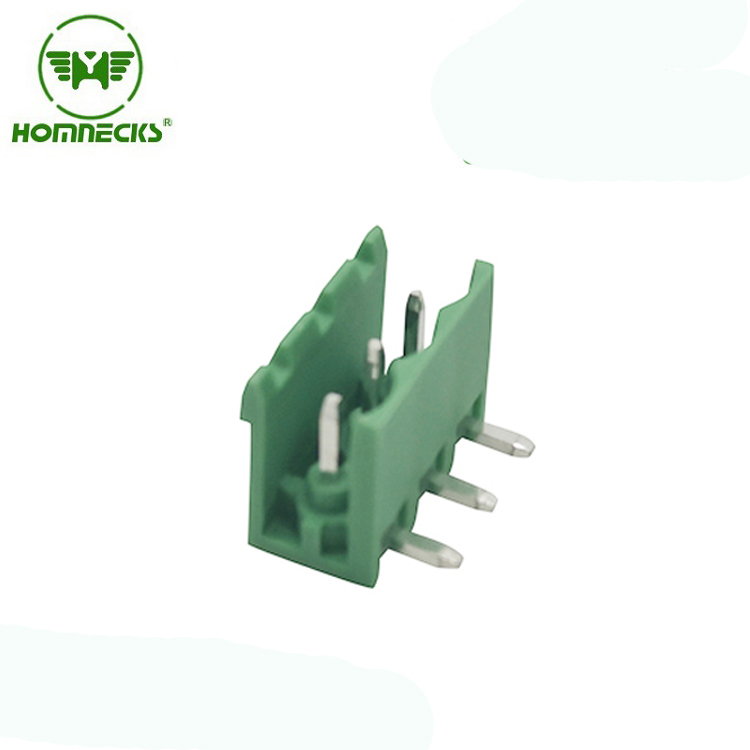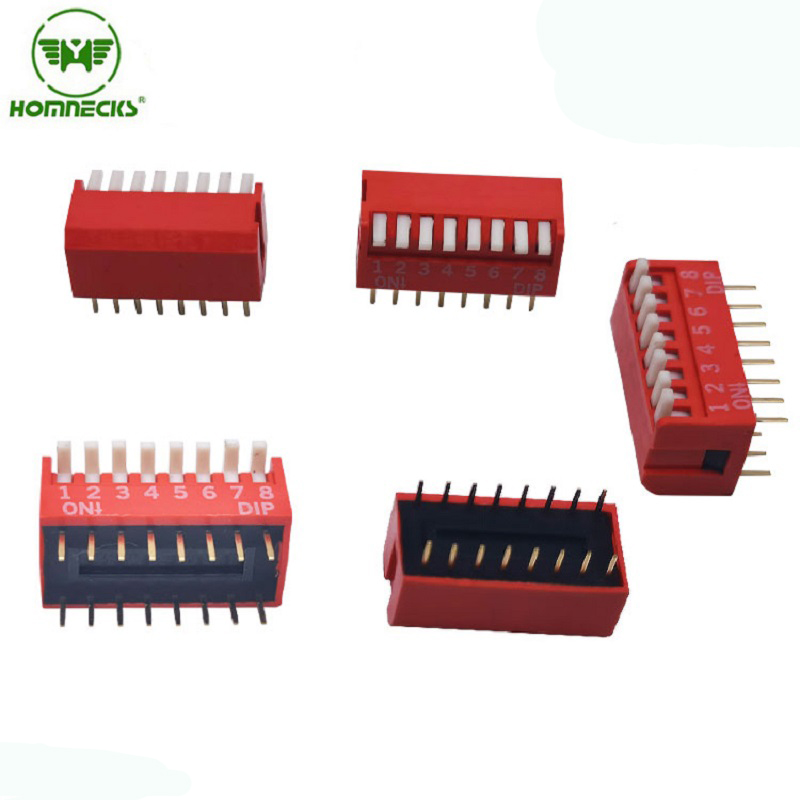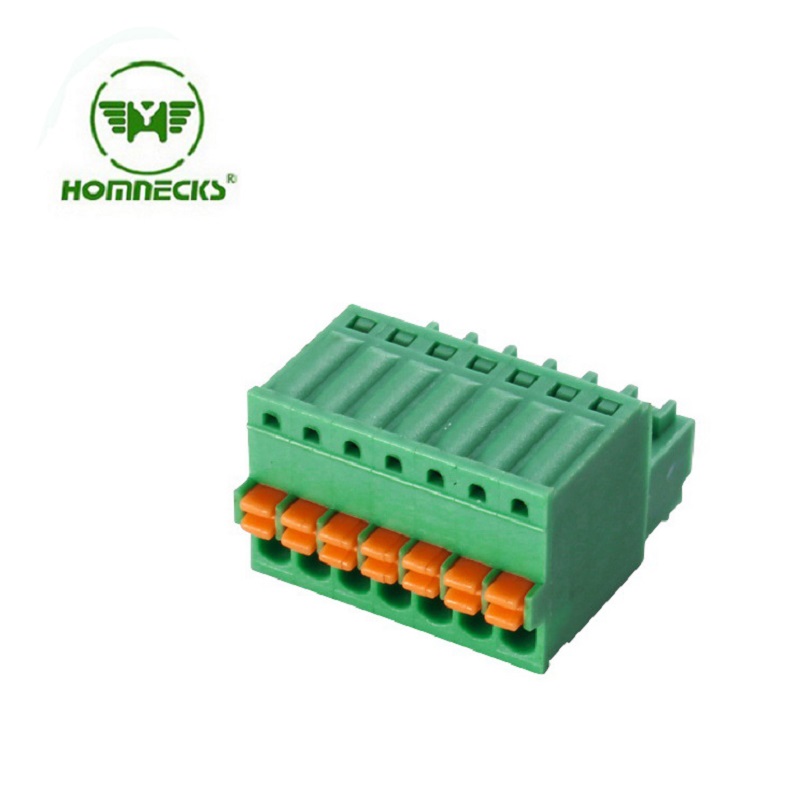What is a terminal on a circuit board?
Jul 31, 2024
On a circuit board, terminals are metal pins or sockets for electronic components or wires. They serve as connection points and provide physical and electrical connections between electronic components and circuit boards. Here are some common types of terminals on circuit boards:
1. Socket terminals: Socket terminals are usually holes or slots made of metal for inserting pins of electronic components (such as diodes, resistors, integrated circuits, etc.). Socket terminals can provide stable and reliable connections, facilitating the plugging and unplugging and replacement of components.
2. Pin terminals: Pin terminals are metal pins of the electronic components themselves, which are connected by welding or inserting into holes on the circuit board. They can be in different forms such as straight-in pins, surface-mount pins, package pins, etc., used to connect electronic components to circuit boards.
3. Stud terminals: Stud terminals are usually used to connect high-power components or wires, such as motors, power supplies, resistors, etc. They usually have a threaded structure, and the wires are clamped and an electrical connection is established by tightening the nut.
4. Spring contact terminals: Spring contact terminals use spring force to provide a tight connection. They are usually used in occasions that require frequent plugging and unplugging, such as test points or connecting external devices.
5. Blade terminals: Blade terminals are similar to socket terminals, but are usually used for high current applications. They have blade-shaped pins that can quickly connect electronic components by plugging and unplugging.
Our team has extensively tested and evaluated the Homnecks connector terminals and we are pleased to report that they have displayed excellent performance and reliability. The terminals have shown exceptional conductivity and durability, ensuring secure and stable connections on the PCB boards.
Furthermore, the use of Homnecks connector terminals has proven to be incredibly efficient and user-friendly. The terminals are easy to install and provide a secure connection without the need for additional tools or complicated processes. This not only saves time during assembly but also reduces the risk of errors or malfunctions.
The function of the terminal is to provide a reliable electrical connection on the circuit board, allowing electronic components to pass current and signals to and from the circuit board. They allow for assembly, maintenance and testing of circuit boards, and provide flexibility and convenience. Different types of terminals are suitable for different connection needs and are selected according to the specific application and component type.
Read More


